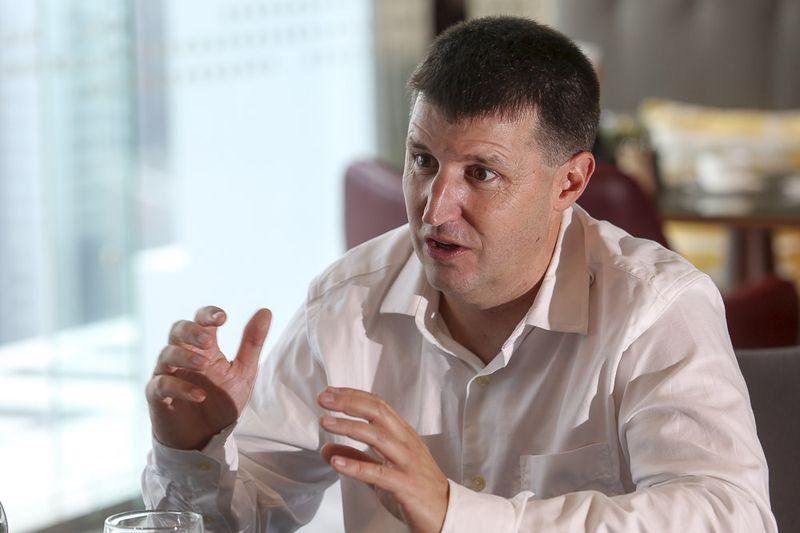KUALA LUMPUR, Nov 6 — When deciding on whether to include a new drug in the Medicines Formulary (FUKKM) in Malaysia, the authorities must look beyond cost in the review process, an expert said.
Canadian scientist Craig Mitton told Malay Mail Online that the current “biased review” practised by Malaysia and most developing countries that emphasised “cost above everything else” will reject the approval of some pertinent drugs.
Such evaluation practices, he said, would particularly affect the Health Ministry’s review process for oncology drugs and efforts to treat rare diseases.
Currently, Mitton said, the approach used to determine which drugs go into the formulary is calculated using the incremental cost-effectiveness ratio (ICER) per Quality-Adjusted Life Year (QALY), which is a statistic that measures the difference in cost between two possible treatments or drugs.
“In layman’s terms, the ICER per QALY simply means the ROI (Return On Investment) of a drug on a patient,” he said.
Multiple Criteria Decision Analysis is the way to go
In Canada and most advanced European countries, including Australia and New Zealand, Mitton, who is also a health economist, said the Multiple Criteria Decision Analysis (MCDA) is being used to pass a drug.
This multipronged approach, he said, has the element of cost as part of the consideration process, but puts others such as unmet clinical needs and severity of a condition among the criteria to be looked at.
“Many governments base the decision on the ROI (ICER per QALY), but MCDA looks at safety, appropriateness and equity,” Mitton said.
To ensure pure transparency in the Canadian medicinal drug review process, Mitton said, an independent committee comprising doctors, physicians, professionals and members of the public would evaluate the process and report to the ministry.
“They would decide which drug passes and which doesn’t and the team reports directly to the Minister of Health.
“Very rarely would the minister decide against the advice of the committee… maybe one in a hundred he (the minister) would have a different opinion because the team represents the people 100 per cent,” he said.
Is MCDA viable in Malaysia?
By channelling more funds to the healthcare sector, namely purchasing drugs for rare diseases, Mitton said MCDA can be adopted by any nation.
Comparing New Zealand, Mitton said, its government capped a designated sum in its Budget each year for healthcare, thus enabling the nation to provide top notch service to its people.
In Canada, he said, the government allocated about 45 per cent of its Budget expenditure for healthcare.
“But the Malaysian government spends about 10 per cent or less than four per cent of its GDP (gross domestic product) for healthcare.
“If this can be increased, I am sure the MCDA approach can be easily practised,” Mitton said.
The first step to MCDA, he said, is to conduct a poll among the public on whether they would want to see this happening in the drug review process.
“I am sure everyone would want to see better transparency in the decision-making process, especially that which involves taxpayers’ monies,” he said.
Mitton, who was in the country on a five-day visit last month, presented this idea to the ministry’s pharmaceutical division.
“The minister was not present during my presentation but his staff from the pharmaceutical department showed great response to the idea of using the MCDA approach in the drugs reviewing process,” he said.
When tabling Budget 2018, Prime Minister Datuk Seri Najib Razak proposed to increase healthcare spending to RM27 billion.
He highlighted that RM2.5 billion will be spent on medical supplies while RM1.6 billion will be set aside for consumable items and medical support equipment.
Malay Mail Online previously highlighted that there were insufficient new cancer drugs in public hospitals.
A subsequent report said that some colourectal cancer patients had opted for treatments at private hospitals because they had to wait for weeks, or months, just to get treatment at public hospitals.



















